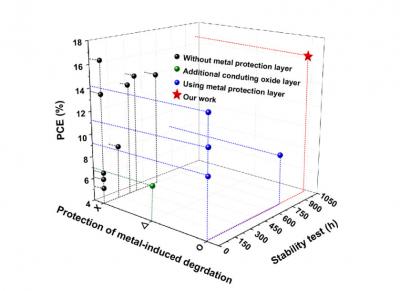New perovskite detector shows promise for medical diagnostics and homeland security
Northwestern University researchers have developed new perovskite-based devices to assist in the detection and identification of radioactive isotopes. This method could allow the identification of legal versus illegal gamma rays - such detectors are critical for national security, where they're used to detect illegal nuclear materials smuggled across borders and aid in nuclear forensics, as well as in medical diagnostics imaging.
Using cesium lead bromide in the form of perovskite crystals, the research team found they were able to create highly efficient detectors in both small, portable devices for field researchers and very large detectors.





